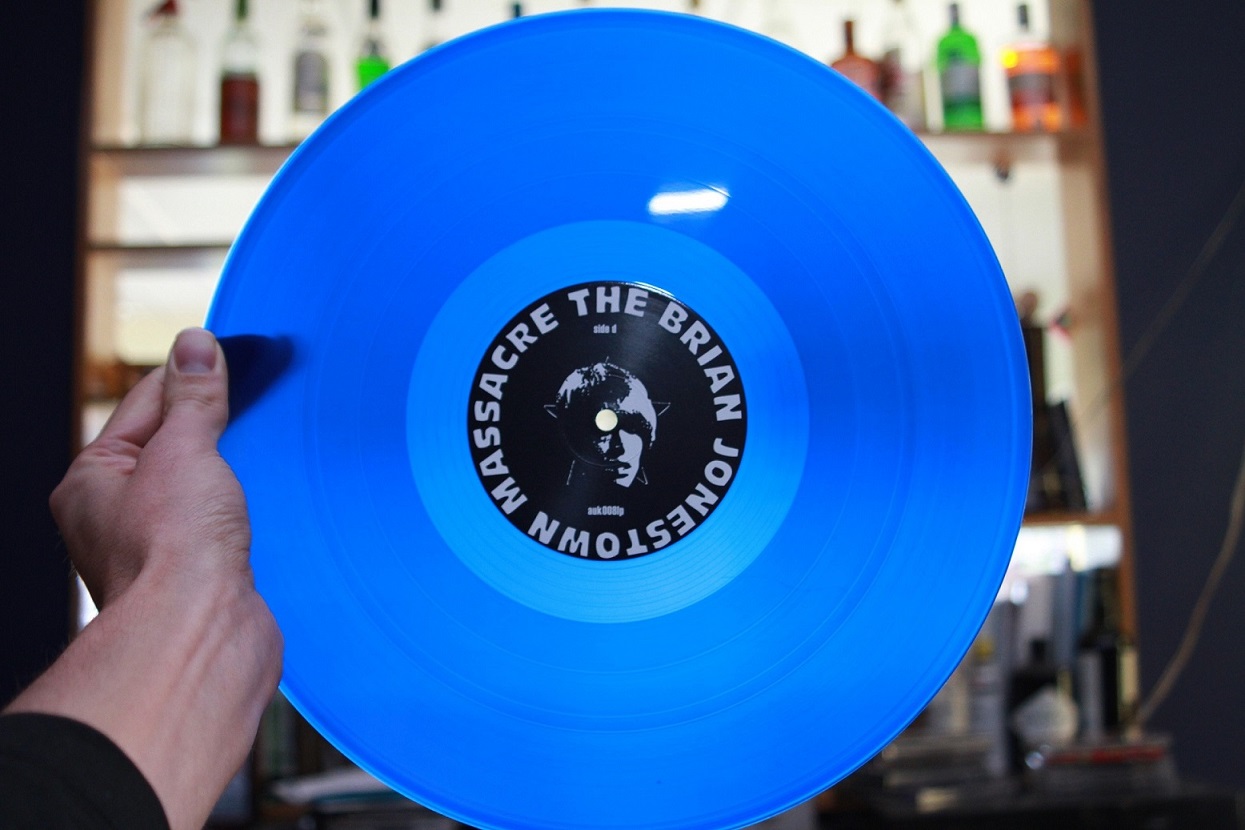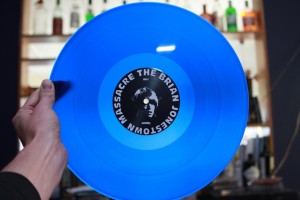If opium were more widely available, I would take that rather than red wine on some nights (I have a glass of red by my hand as I write this). Michael Dransfield I suppose was of the same opinion. Coleridge, Hafiz; – it is recognisably a poet’s addiction. The few poems I have written under its influence have an intense, paused sensibility. I am a big fan of Cocteau’s description: “under opium, the world spins a little slower and the moon is a little larger”. I also loved “The Opium eater” by Iqbal Ahmad which i found in Edinburgh library – and then took years to rediscover it. I have always disliked De Quincey’s book though.
My friends and I first experimented with poppy seed tea, not knowing its potential dangers, then later when i was traveling and living with the Hare Krisnas at Somogvanos their poppy harvest was destroyed by a storm, and i ate some of the crushed pods to get at the sweet joy of poison. These days it is not hard to get small amounts but I wish it was socially acceptable. I have a collection of chlorodyne bottles as reminder that opium and morphine were very common as over the counter medicines less than a century ago. I also have empty tins of chlorodyne throat sweets that contained opium (cannabis was also sometimes an ingredient) and which were obviously intended to be used casually while continuing with work etc. A search through the newspapers on Trove shows how common chlorodyne poisoning was – some poisonings are seemingly accidental while others clearly are suicide attempts. Some of these articles are slightly suggestive of the recreational use of chlorodyne, i.e. opiates, in 19th and early 20th Century Australia. My grandmother who worked in hospitals in the 1940-50s recalls that chlorodyne was still in the medicine cabinet at that time.
But it was not only in the West that opiates were embedded in mainstream life until the early 20th Century. Reading “Narcotics, nationalism and class in china: the transition from opium to morphine and heroin in early twentieth-century shanxi” by Henrietta Harrison, published in East Asian History #32/33 it is interesting to notice that that opium use had become quite a normal part of society in China before it was banned in the 1930s. Opium and later Morpnine were usually taken in a casual social way, and at special occasions like weddings, much like wine or cigars are in the west today. Unlike wine and tobacco of course, opium is a fairly harmless chemical to put into the body (up until the point of overdose).
Drugs drugs drugs. Looking around me, I wonder if the desire to ‘pierce the veil’ is entirely destructive or if it has some redeeming value. The callous compassion of the paternal state, like that of a farmer whose husbandry is designed to fetch the highest price at the meat market. If there is any appeal in the centuries behind us, plague ridden and chaotic, it is that people were free to explore the consequences of their mistakes, whatever they be.
When oneday we slice the world in two, with the good on the one side, and the bad on the other, I wonder which side I will fall into? Isn’t it the case that too much goodness gives us indigestion? Perhaps I am thinking of lentils.
I don’t doubt that karma exists, but if the consequences are all just functions of their inputs, then there is no reason to avoid what is one’s due, when both sides of the calculation have been worked out beforehand. It’s called free will, or freewheeling, or Bob Dylan, or something like that. Whatever the name, the only thing we can ever truly discover is our own stupidity, or ignorance. And that meeting is always a charming occasion for the poet philosopher.

